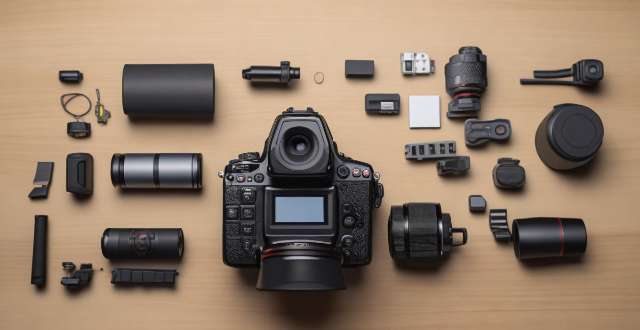This comprehensive guide provides a detailed overview of how to optimize iPhone camera settings for low-light photography, including preparation tips, specific camera settings, composition techniques, and post-processing suggestions. It emphasizes the importance of clean lens maintenance, stabilization, and the strategic use of Night mode, manual focus, exposure control, ISO adjustments, burst mode, and HDR settings. The guide also suggests looking for natural light sources, experimenting with angles, and using long exposure apps. Post-processing advice includes adjusting exposure and brightness, reducing noise, and boosting color and contrast to enhance image quality in low light conditions.

Best Settings for Shooting in Low Light Conditions with an iPhone
Overview
Capturing stunning photos in low light conditions can be a challenge, even with the advanced camera systems found in modern smartphones like the iPhone. However, by adjusting certain settings and employing specific techniques, you can significantly improve the quality of your low-light photography. Here's a comprehensive guide to help you make the most of your iPhone's camera capabilities under such circumstances:
Preparation
Before diving into the settings, let's cover some preparatory steps:
Clean Your Lens
- Always ensure your iPhone's lens is clean to avoid any blurriness or reduced image quality.
Use a Tripod or Stabilize Your Shot
- Consider using a tripod or propping your phone against a stable surface to minimize shake.
Avoid Using Digital Zoom
- Don't use digital zoom as it reduces the quality of the image in low light.
iPhone Camera Settings
Enable Night Mode
- When available, enable Night mode to capture better exposures in low light. The iPhone will automatically activate this feature when it detects low light conditions.
Manual Focus
- Tap on the screen where you want the focus to be sharp. This helps the camera determine the best exposure settings.
Exposure Control
- Drag the sun icon up or down to manually adjust the exposure level. Increasing exposure can help brighten dark scenes but be careful not to overexpose highlights.
ISO Settings
- If you have an iPhone model that allows manual ISO adjustment (like the Pro models), consider raising the ISO in very low light situations. Be cautious, as higher ISO can introduce noise.
Shutter Speed
- While you don't have direct control over shutter speed on an iPhone, using Night mode effectively increases the shutter speed to allow more light in.
Use Burst Mode
- In dynamic low light situations, use burst mode to capture a series of shots quickly, increasing your chances of getting a well-lit and focused photo.
Turn Off the Flash
- Generally, the built-in flash on iPhones is not powerful enough to illuminate a scene properly in low light and can produce unflattering results. It's usually better to work with available light.
HDR Settings
- High Dynamic Range (HDR) can help balance the light in your photos by combining multiple exposures. Use the "Next Frame" HDR setting for moving subjects or "Still Frame" for static scenes.
Composition and Techniques
Look for Natural Light Sources
- Try to position your subject near natural light sources like windows or lamps to add softness and depth to your photos.
Experiment with Angles
- Change your shooting angle to find the best lighting for your subject. Sometimes shooting from a lower angle with the light source above can create dramatic effects.
Long Exposure Photography Apps
- Consider using third-party apps designed for long exposure photography to capture light trails or blur motion in low light scenarios.
Post-Processing
After capturing your images, utilize editing tools to enhance them further:
Adjust Exposure and Brightness
- Use the editing tools within the Photos app or a third-party editor to fine-tune the exposure and brightness levels.
Reduce Noise
- Apply noise reduction to clean up the image without losing too much detail.
Boost Color and Contrast
- Slightly increasing the saturation and contrast can help bring out details hidden in shadows and make the image pop.
By following these settings and techniques, you will be able to take full advantage of your iPhone's camera capabilities and produce impressive low-light photographs that capture the beauty and mood of your subject matter.